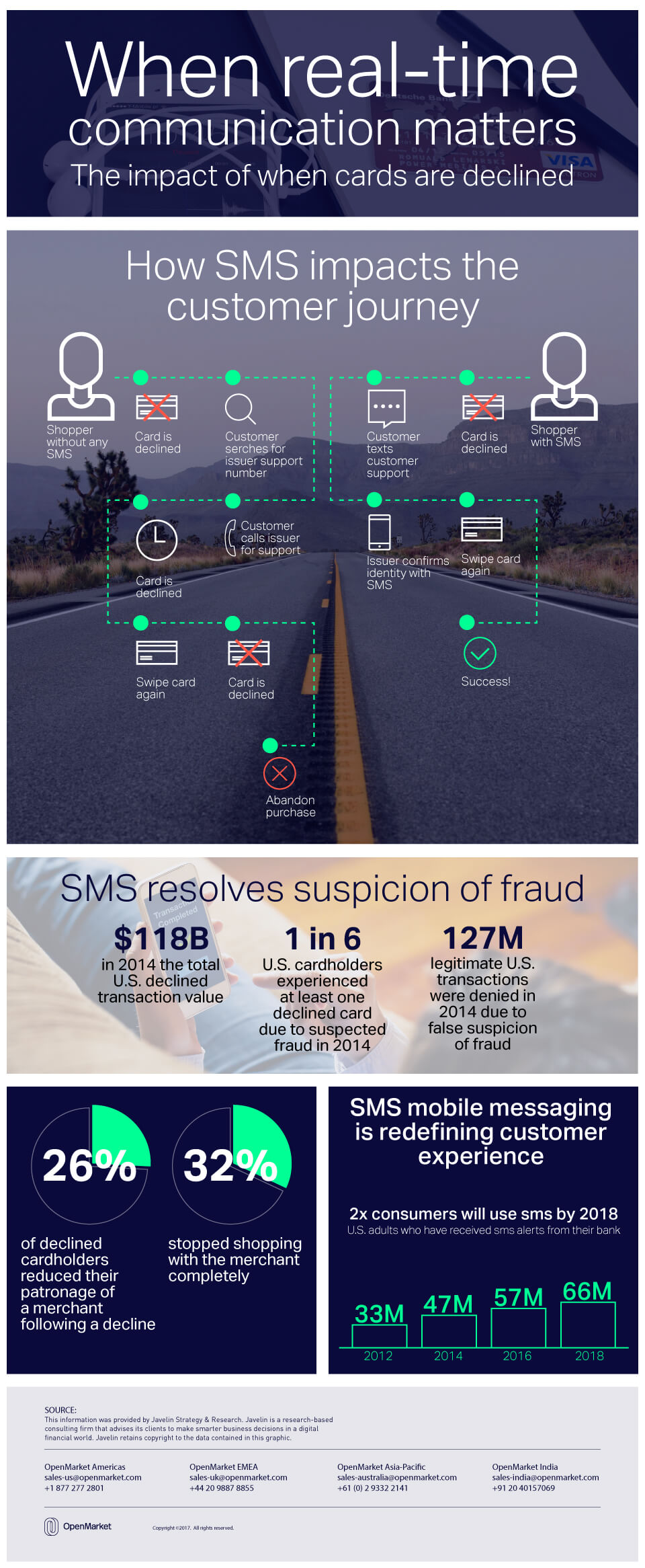

The triage nurse assigned Emergency Severity Index (ESI) category 2. Her vital signs included: blood pressure 154/113 mmHg, heart rate 75 beats/minute, respiratory rate 16 breaths/minute, room air pulse oximetry 98%, and oral temperature 36.6˚C. Articulate barriers and solutions to effective communication between healthcare providersĪ 46-year-old woman with a history of a stroke ten months prior, methamphetamine use, and remote endovascular repair of a thoracic aortic dissection, presented to the emergency department (ED) triage nurse at 12:38am with a chief complaint of abdominal pain and vomiting.


Apply team-based communication strategies to healthcare scenarios.Use waiting room patient reassessment to improve emergency department triage.State the root causes and dangers of emergency department crowding.Define the emergency department triage process.Barnes, Chang, Romano, Bakerjian, Tyler and Julie (authors and reviewers) for this Spotlight Case and Commentary have disclosed no relevant financial relationships with commercial interests related to this CME activity. The Accreditation Council for Continuing Medical Education (ACCME) defines a commercial interest as “any entity producing, marketing, re-selling, or distributing health care goods or services consumed by, or used on patients” and relevant financial relationships as “financial relationships in any amount occurring within the past 12 months that create a conflict of interest.ĭrs. Authors, reviewers and others in a position to control the content of this activity are required to disclose relevant financial relationships with commercial interests related to the subject matter of this educational activity. Communication receipt and response functionality in electronic medication and record management systems may improve communication.Īccuracy Australia Communication methods Convenience Doctor Effectiveness Hospital Pharmacist Relationship.Disclosure of Relevant Financial Relationships: As a provider accredited by the Accreditation Council for Continuing Medical Education (ACCME), the University of California, Davis, Health must ensure balance, independence and objectivity in all its CME activities to promote improvements in health care and not proprietary interests of a commercial interest. creating responses, conversations, building rapport, may change doctors' and pharmacists' perceptions of effectiveness. Integrating oral communication features into written communication methods, e.g. Conclusions Preferences for oral communication create potential issues with recall and comprehension.
#Timely communication ctmr tool hospital professional#
Professional groups described differences in perceived ownership of various modes of communication. Perceptions regarding effectiveness of oral communication methods were related to perceptions of their convenience and accuracy.

A preference for oral communication was confirmed with the expressed need for building professional rapport and receiving responses. Results More than 95% of doctors and pharmacists combined used face-to-face and phone calls to communicate with each other, 70% used a medication management plan, and 62% used progress notes. Thematic analysis was conducted to evaluate semi-structured interview data and free-text survey comments.įrequency of use of communication methods, perceptions of the convenience, time taken to use, accuracy and effectiveness of each method. Frequentist statistics and logistic regression were used to analyse survey data. Method A mixed method study utilising a pilot questionnaire, semi-structured interviews, and electronic survey was designed. Setting Four public hospitals in Australia. Objective To explore usage and perceptions of communication methods by doctors and pharmacists in hospital settings. Information on how pharmacists and doctors communicate with each other in hospitals is limited. Background Effective communication between health professionals contributes to safe and efficient patient care, whereas communication breakdown can lead to adverse patient outcomes and increased healthcare expenditure.


 0 kommentar(er)
0 kommentar(er)
